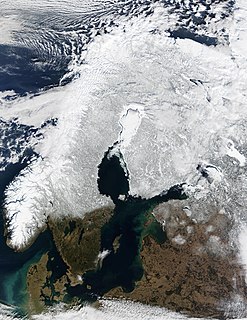 W
WScandinavia is a subregion in Northern Europe, with strong historical, cultural, and linguistic ties. The term Scandinavia in local usage covers the three kingdoms of Denmark, Norway, and Sweden. The majority national languages of these three belong to the Scandinavian dialect continuum, and are mutually intelligible North Germanic languages.
 W
WThe Brittingham Viking Organization is an international scholarship organization based at the University of Wisconsin–Madison, composed of past and current recipients of the Brittingham Viking Scholarship. The group, which traces its earliest roots back to 1952, started as a scholarship for Scandinavian men to study at the University of Wisconsin-Madison and travel throughout the United States. The organization has since expanded to allow select students from the University of Wisconsin-Madison to travel to and study in each of the Nordic countries. The American members of the organization select five scholars every year to travel to Scandinavia in either Copenhagen, Oslo, Stockholm or Helsinki. The European members select four scholars for year-long scholarships to the University of Wisconsin–Madison.
The Codanus sinus is the Latin name of the Baltic Sea and Kattegat.
 W
WČSV is an initialism used to promote Sámi identity and activism. The three letters are the most commonly used in Sámi languages, and together they can stand for a variety of phrases, although the most common modern meaning is Čájet Sámi Vuoiŋŋa!.
 W
WKing of the Wends was a pan-Scandinavian title denoting sovereignty, lordship or claims over the Wends, a people who historically populated Western Slavic lands of southern coasts of the Baltic Sea, those otherwise called Mecklenburg, Holstein and Pomerania, and was used from the 12th century to 1972 by Kings of Denmark and from c. 1540 to 1973 by the Kings of Sweden.
 W
WThe Scandinavian Peninsula is a peninsula located in Northern Europe, which roughly comprises the mainland of Sweden, the mainland of Norway, the northwestern area of Finland, and a sliver of Northwest Russia.
 W
WPost church is a term for a church building which predates the stave churches and differ in that the corner posts do not reside on a sill but instead have posts dug into the earth. Posts are the vertical, roof-bearing timbers that were placed in the excavated post holes. Posts were often placed in trenches filled with stone, but were still susceptible to decay.
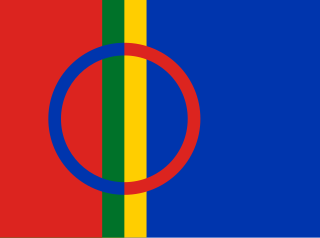 W
WThe Sámi people are an indigenous Finno-Ugric people inhabiting Sápmi, which today encompasses large northern parts of Norway, Sweden, Finland and the Kola Peninsula within the Murmansk Oblast of Russia. The Sámi have historically been known in English as Lapps or Laplanders, but these terms are regarded as offensive by some Sámi people, who prefer the area's name in their own language, "Sápmi". Sámi ancestral lands are in the Volga region, in present-day Russia, like other Uralic peoples. Their traditional languages are the Sámi languages, which are classified as a branch of the Uralic language family.
 W
WThe Scandinavian coastal conifer forests or Norwegian coastal conifer forest is a Palearctic ecoregion in the temperate coniferous forests biome, located along the coast of Norway. Within it are a number of small areas with botanical features and a local climate consistent with a temperate rainforest.
 W
WSCIA, the Scandinavian Conference on Image Analysis, is a biennial scientific conference organized by the national pattern recognition societies in the Nordic countries. The conference is officially sponsored by the International Association of Pattern Recognition which is the international umbrella organization for the national pattern recognition societies. The conference series was established by pattern recognition, image analysis and computer vision pioneers in the universities of the Nordic countries, but has become an international conference acknowledged by the researches in the fields of computer vision, image analysis, pattern recognition and multimedia.
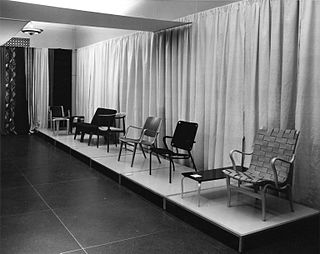 W
WScandinavian design is a design movement characterized by simplicity, minimalism and functionality that emerged in the early 20th century, and subsequently flourished in the 1950s throughout the five Nordic countries: Norway, Sweden, Finland, Denmark, and Iceland.
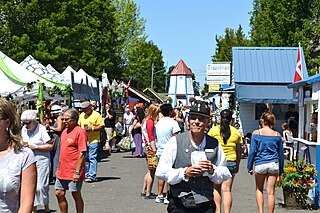 W
WThe Scandinavian Festival is an annual four-day celebration of Scandinavian heritage in Junction City, Oregon, United States. The small city of 6,052 people hosts more than 100,000 visitors each year. Sunset Magazine rates it one of the best in the U.S. for its emphasis on authenticity. The Oregon Heritage Tradition designation was awarded to the Scandinavian Festival in 2014.
 W
WThe Scandinavian montane birch forests and grasslands is a tundra ecoregion in Norway, Sweden, and Finland. It is one of the terrestrial ecoregions determined and defined by the World Wildlife Fund.
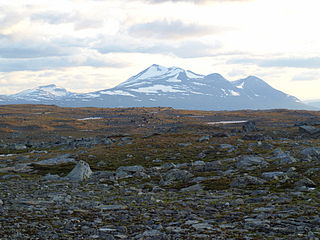 W
WThe Scandinavian Mountains or the Scandes is a mountain range that runs through the Scandinavian Peninsula. The Scandinavian Mountains are often erroneously thought to be equivalent to the Scandinavian Caledonides, an ancient mountain range and orogen covering roughly the same area. The western sides of the mountains drop precipitously into the North Sea and Norwegian Sea, forming the fjords of Norway, whereas to the northeast they gradually curve towards Finland. To the north they form the border between Norway and Sweden, reaching 2,000 metres (6,600 ft) high at the Arctic Circle. The mountain range just touches northwesternmost Finland but are scarcely more than hills at their northernmost extension at the North Cape (Nordkapp).
 W
WScandinavism, also called Scandinavianism or pan-Scandinavianism, is an ideology that supports various degrees of cooperation among the Scandinavian countries. Scandinavism comprises the literary, linguistic and cultural movement that focuses on promoting a shared Scandinavian past, a shared cultural heritage, a common Scandinavian mythology and a common language or dialect continuum, and which led to the formation of joint periodicals and societies in support of Scandinavian literature and languages. Nordism expands the scope to include Iceland and Finland.
 W
WThe Sitones were a Germanic people living somewhere in Northern Europe in the 1st century CE. They are only mentioned by Cornelius Tacitus in 97 CE in Germania. Tacitus considered them similar to Suiones apart from one descriptor, namely that women were the ruling sex.Upon the Suiones, border the people Sitones; and, agreeing with them in all other things, differ from them in one, that here the sovereignty is exercised by a woman. So notoriously do they degenerate not only from a state of liberty, but even below a state of bondage.